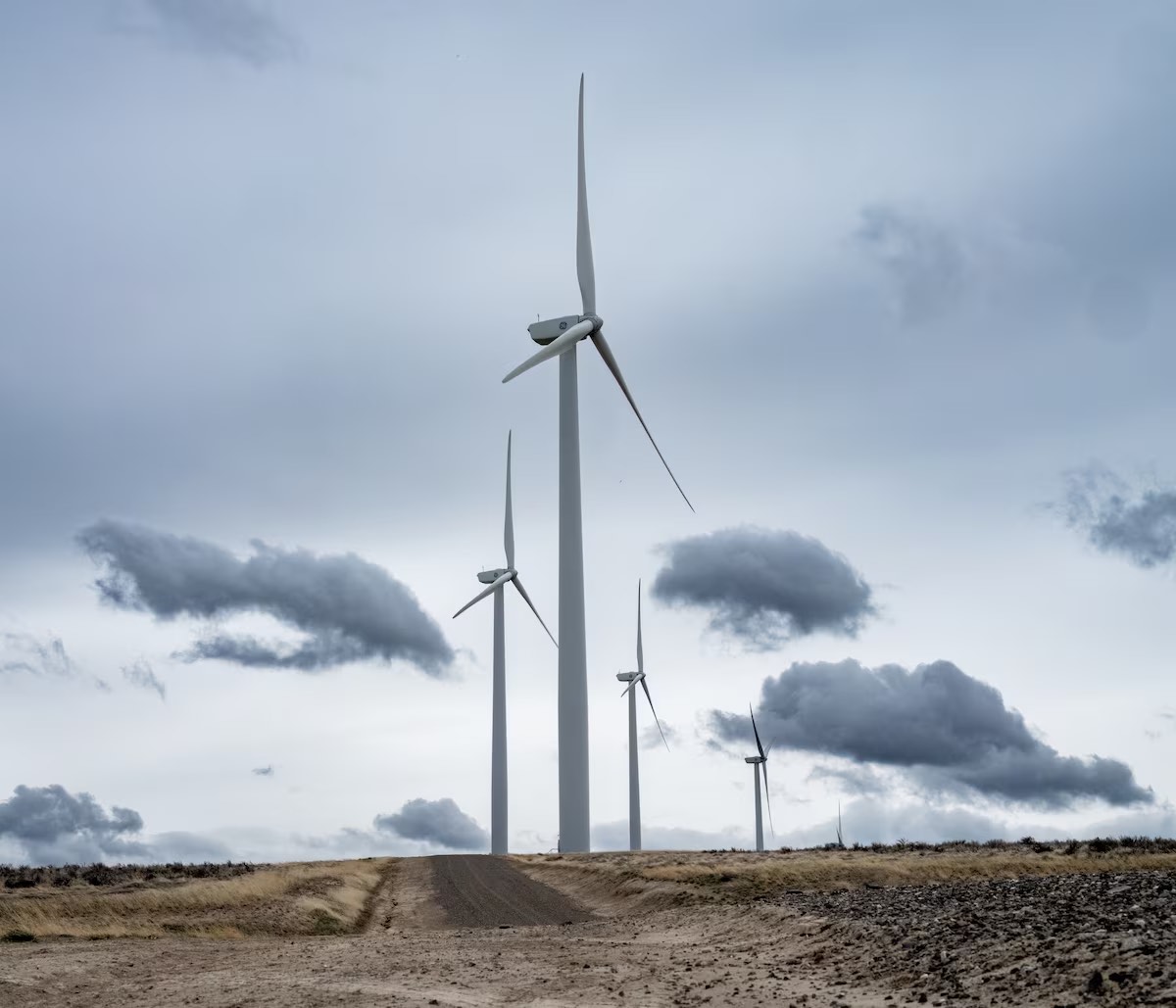The future of wind energy clashes with a painful past in Idaho
from WaPo
JEROME COUNTY, Idaho — This rural, wind-swept basin carpeted with golden grass and littered with dark lava rock is the kind of spot the Biden administration sees as the future of energy in America.
Close to high-voltage transmission corridors, it’s well-situated for installing a massive wind farm to feed the nation’s growing need for renewable power.
But this stretch of sagebrush country in southern Idaho, where a developer is proposing to erect hundreds of windmills, is also the site of one of the darkest chapters of America’s past, where thousands of Japanese Americans were unjustly detained during World War II.
“I understand the climate crisis,” said Janet Matsuoka Keegan, a descendant of detainees who opposes the wind project. But President Biden’s renewable energy push, she added, is “not well-thought-out.”
To wean off fossil fuels and stave off climate change, the nation needs renewable power. The Biden administration wants to run the grid entirely on clean energy by 2035, aiming to get much of that power from wind and other renewable sources on federally controlled lands and waters. Polls say most Americans want to see their electricity come from zero-emissions sources.
But finding places willing to host towering wind turbines? That’s another matter.
v
Across the country, wind developers are generating a new wave of not-in-my-backyard opposition that threatens to stall those climate goals: from homeowners concerned about ruined views, lobstermen worried about fishing among titanic turbines, nature lovers alarmed about the impact on whales and birds, and even U.S. military planners fretting about naval operations.
v
In 2022,
For years, the wind industry has prioritized development in states full of flat farmland, such Iowa and Kansas, where it was relatively easy to pay farmers to allow turbines on their property. Yet local anti-wind ordinances and other opposition still stalled at least 376 wind projects from Maine to Hawaii since 2015, according to the Renewable Rejection Database. “Lots of people like the idea of wind energy but nobody wants to live in the shadow of 600-foot-high wind turbines,” said Robert Bryce, author of “A Question of Power: Electricity and the Wealth of Nations” and host of the “Power Hungry” podcast who manages the database. “Nobody wants to look at red-blinking lights all night, every night for the rest of their lives and nobody wants to put up with the noise pollution generated by those massive turbines,” he added. To meet Biden’s climate goals, a lot more wind turbines need to get spinning on federal lands out West, where industry representatives say the approval process is even tougher, leading to calls from some in Congress to streamline the permitting process. Two months after the Japanese bombed Pearl Harbor, President Franklin D. Roosevelt issued the order forcibly ripping around 120,000 people of Japanese descent away from their homes and businesses on the West Coast over unfounded fears they would aid in a Japanese invasion. Established in 1942 and in operation until 1945, Minidoka was one of the incarceration camps where Japanese American citizens were forced to farm. More recently, the U.S. government has sought to make amends for a forced removal widely regarded today as immoral and unconstitutional. In 1988, Ronald Reagan made a formal apology and offered each survivor $20,000 in reparations. Today, a portion of the camp is a historical site managed by the National Park Service. At the Minidoka visitor center, 79-year-old survivor Karen Hirai Olen pointed on a map to the camp hospital where she was born and the barracks where she spent her first months. “I remember my mom saying when they stopped at Minidoka, she thought, ‘Oh, my God. What is this place?’”
The BLM, which manages much of the acreage around Minidoka, is reviewing the wind farm application. On a recent April morning, agency employees unfurled pictures showing what the Lava Ridge Wind Project would look like from the historical site. A stiff wind bending the images made it clear why wind developers want to build nearby. To address concerns over ruining the Minidoka visitor experience, the BLM proposed two alternative plans moving the project away from the historical site by at least five miles, and reducing the number of turbines to a maximum of 378 or 269. Instead of towering near the camp, the blades would hover around the horizon under the bureau’s alternatives. “I think and hope what folks see is that the preferred alternatives that we are analyzing are very different than what the company’s proposal was,” BLM Director Tracy Stone-Manning said in an interview.
“That’s the balance that we’re trying to do to make it a responsible proposal,” she added. Luke Papez, Magic Valley Energy’s senior director of project development, said the company wants to “ensure this project honors the survivors of Minidoka.” “We believe this is a good example of how the public process led by the BLM can lead to a compromise for all sides,” he said.
You can read Dino’s full report here.“What is this place?”

